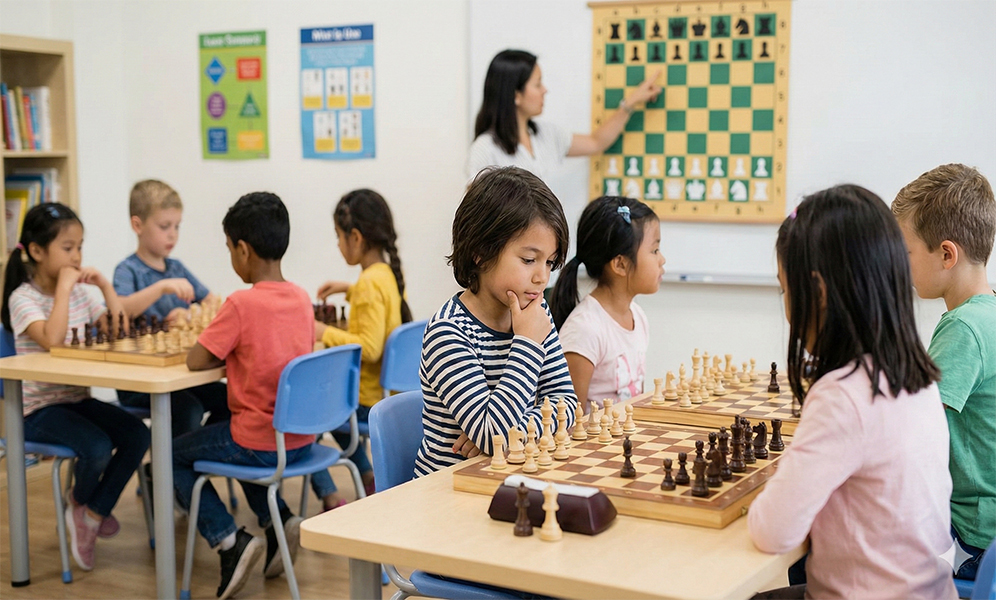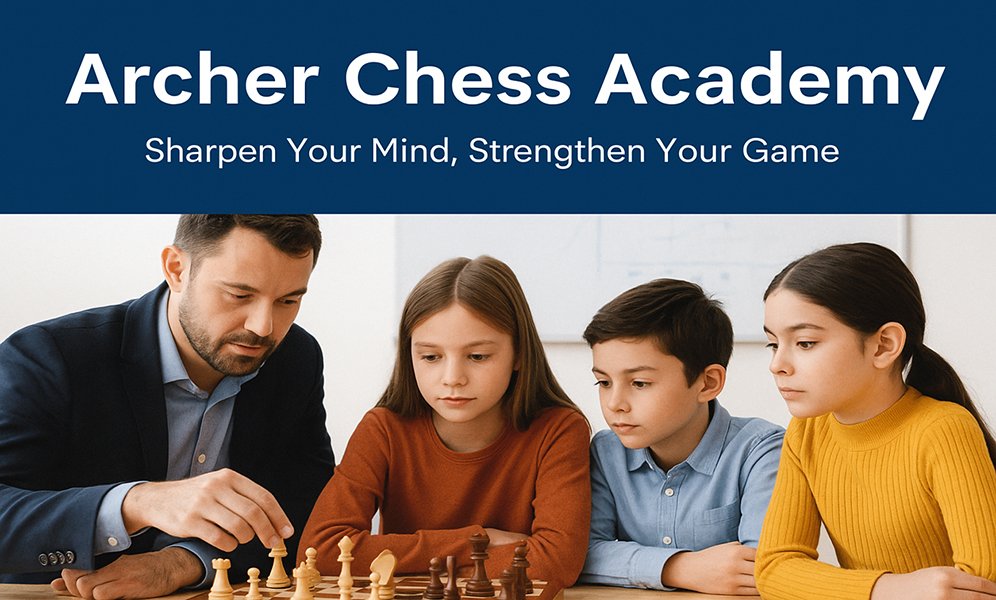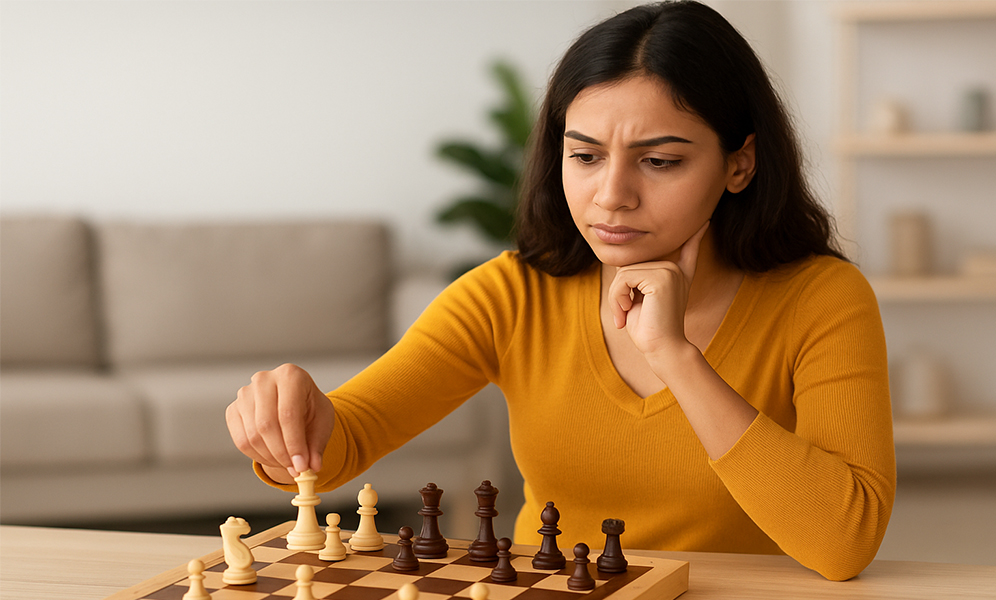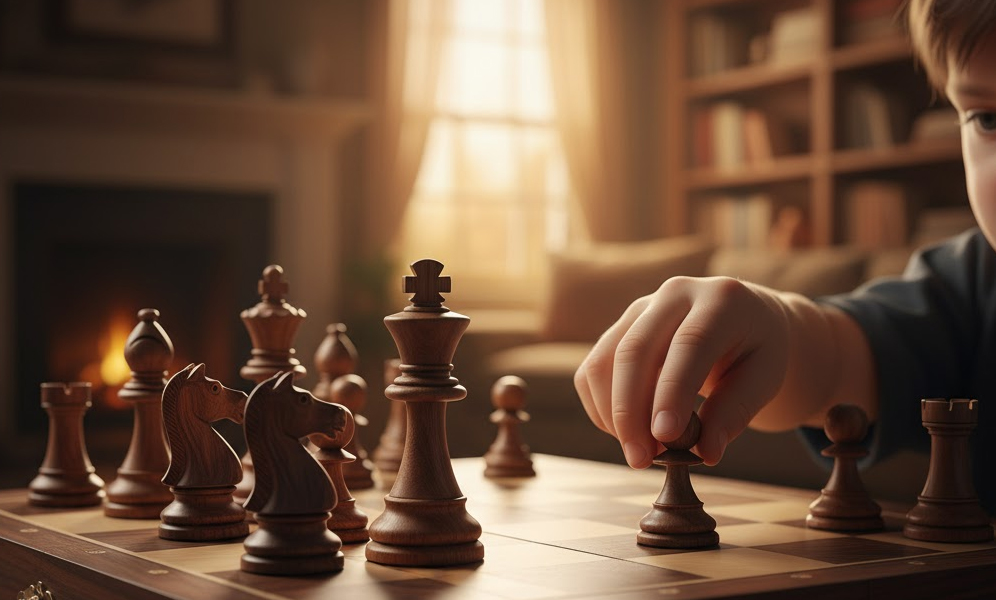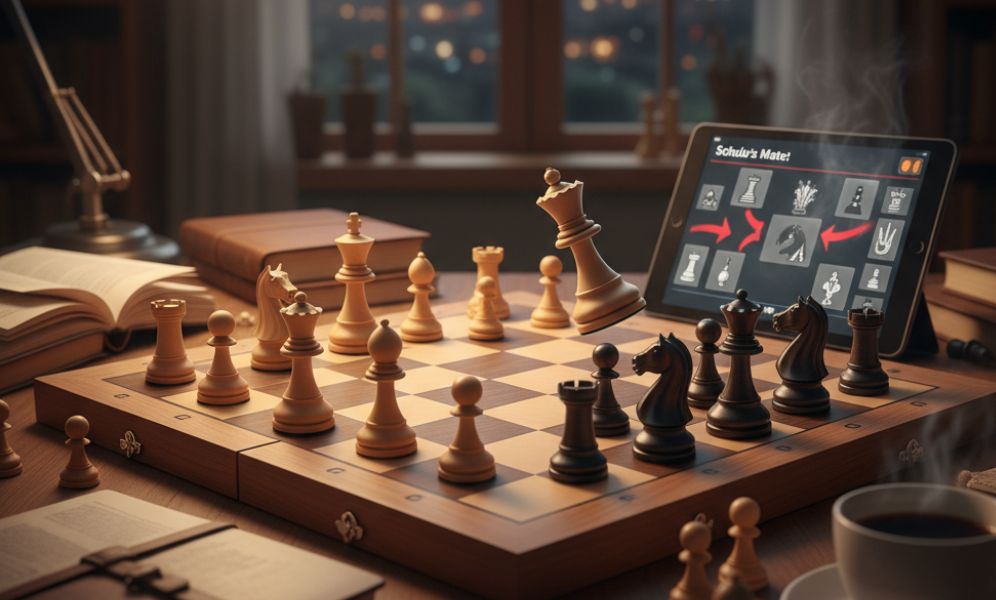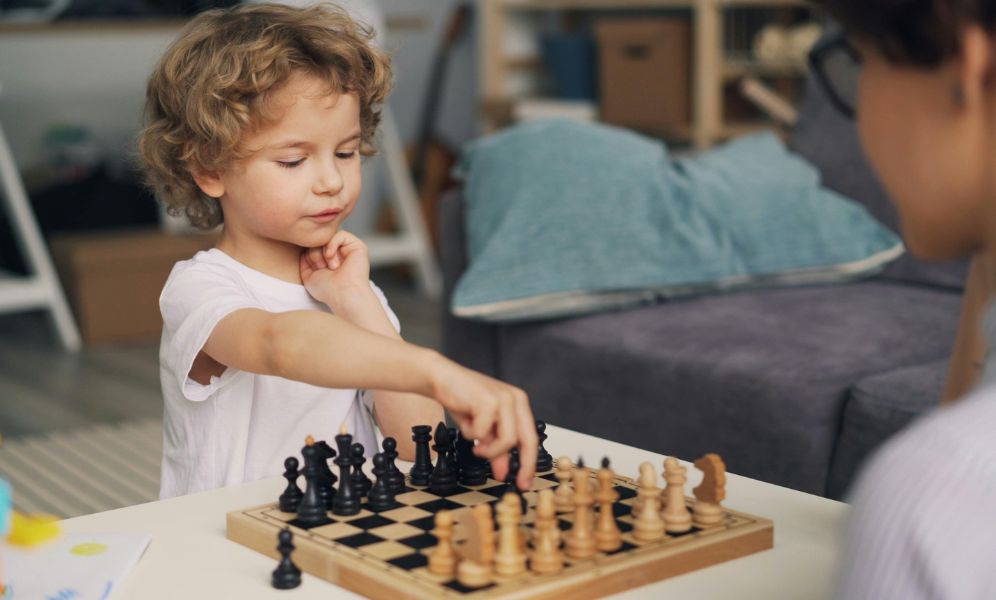What is a Pin in Chess?
A pin is a tactical concept where one piece prevents an opponent’s piece from moving without exposing a more valuable piece behind it. It’s like freezing your opponent’s piece in place — they can’t move it without serious consequences.
At Archer Chess Academy, we teach children to recognize and use pins early in their chess journey, because they are one of the most effective and satisfying tools to control a game.
Why Pins Are So Effective for Kids
Easy to Spot: Pins usually happen along straight lines (files, ranks, and diagonals), making them visually easy for children to understand.
Strategically Powerful: A well-placed pin can paralyze your opponent’s position.
Common in Beginner Games: Pins frequently appear in games involving kids and beginners, making it a tactic that pays off quickly.
Confidence Boosting: Executing a successful pin gives young players a sense of achievement and motivates further learning.
Types of Pins
Absolute Pin: The pinned piece cannot legally move because doing so would expose the king to check.
Relative Pin: The pinned piece can move, but doing so would expose a more valuable piece (like the queen or rook).
Pieces That Create Pins
Bishops and Rooks: These long-range pieces are commonly used to pin opponents along diagonals or files.
Queens: The queen can deliver pins across both ranks and diagonals, making her a flexible tactical attacker.
How We Teach Pins at Archer Chess Academy
Our online chess classes for kids include:
Live examples of pins in real games
Interactive puzzles for practicing pin tactics
Strategy sessions to use pins in offense and defense
With our engaging curriculum and expert coaches, students learn how to set pins, exploit them, and avoid falling into them.
Empower Your Child with Tactical Chess Skills
Learning the pin is more than just a tactic — it’s a stepping stone to understanding control, positioning, and strategic thinking.
Enroll in Archer Chess Academy today and help your child discover the power of the pin and much more.

